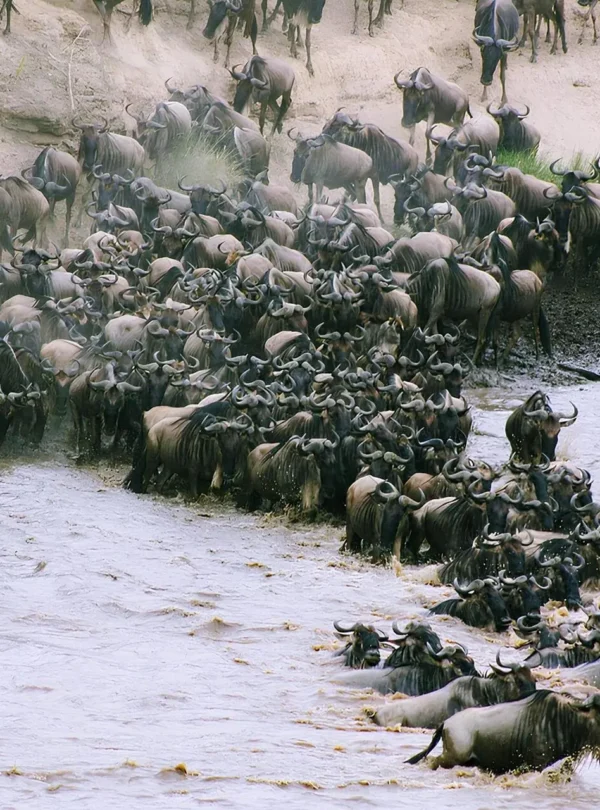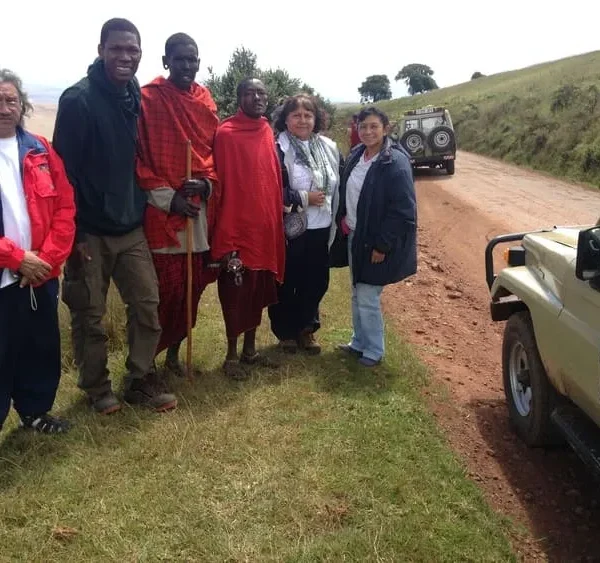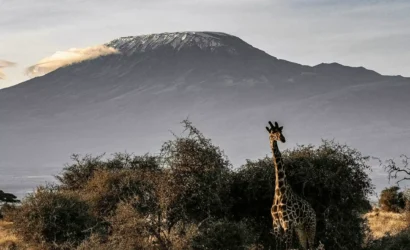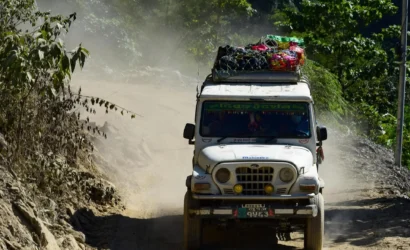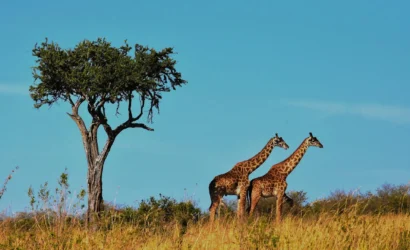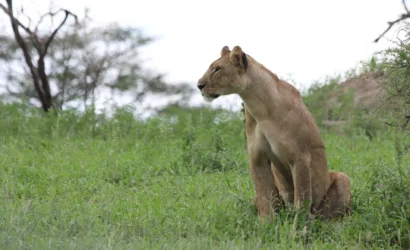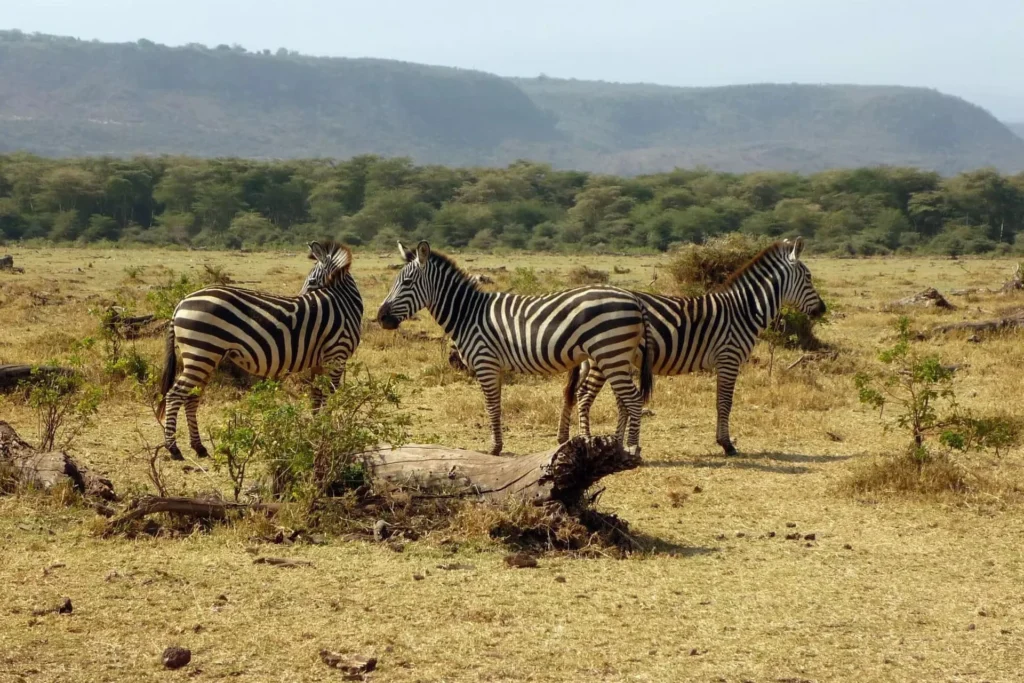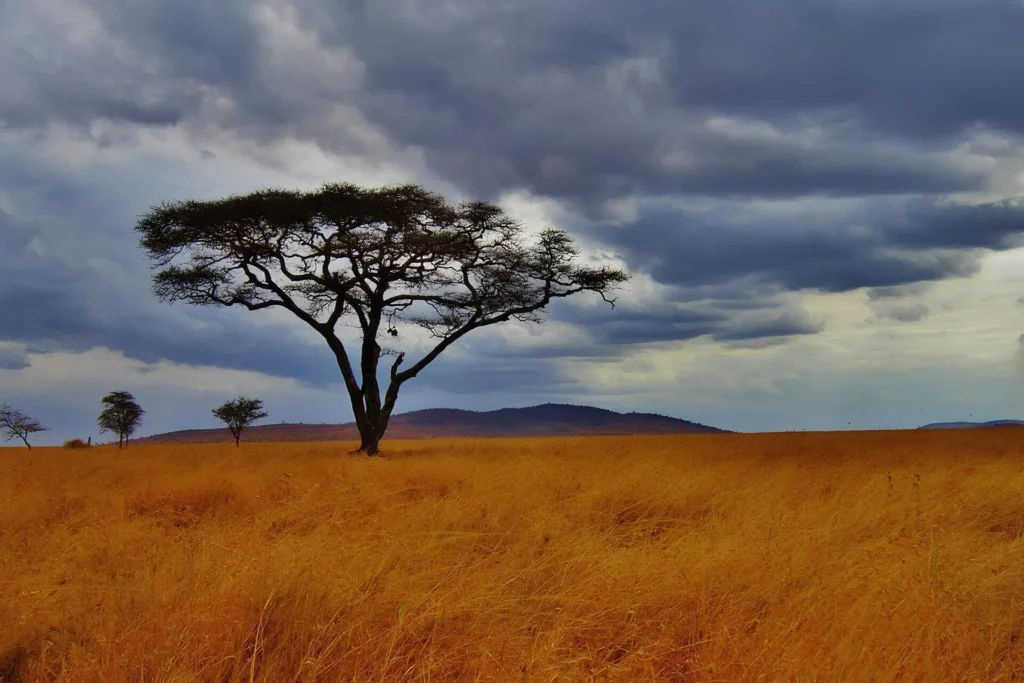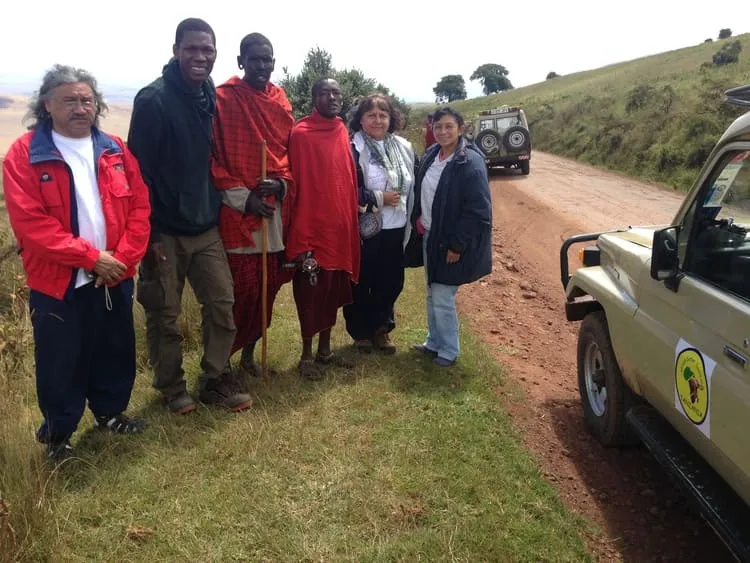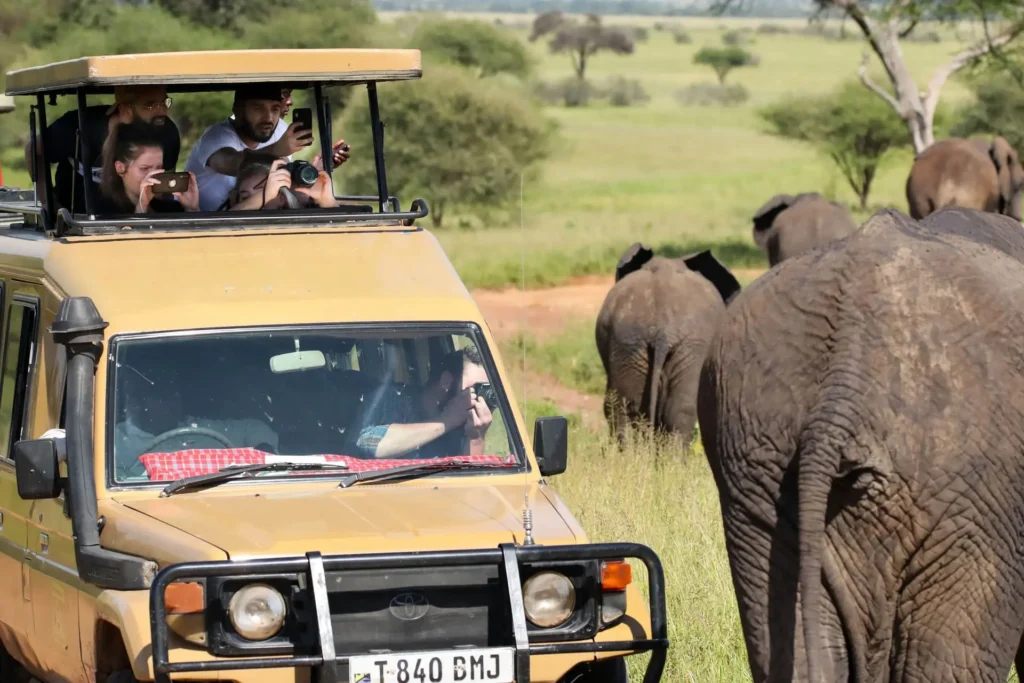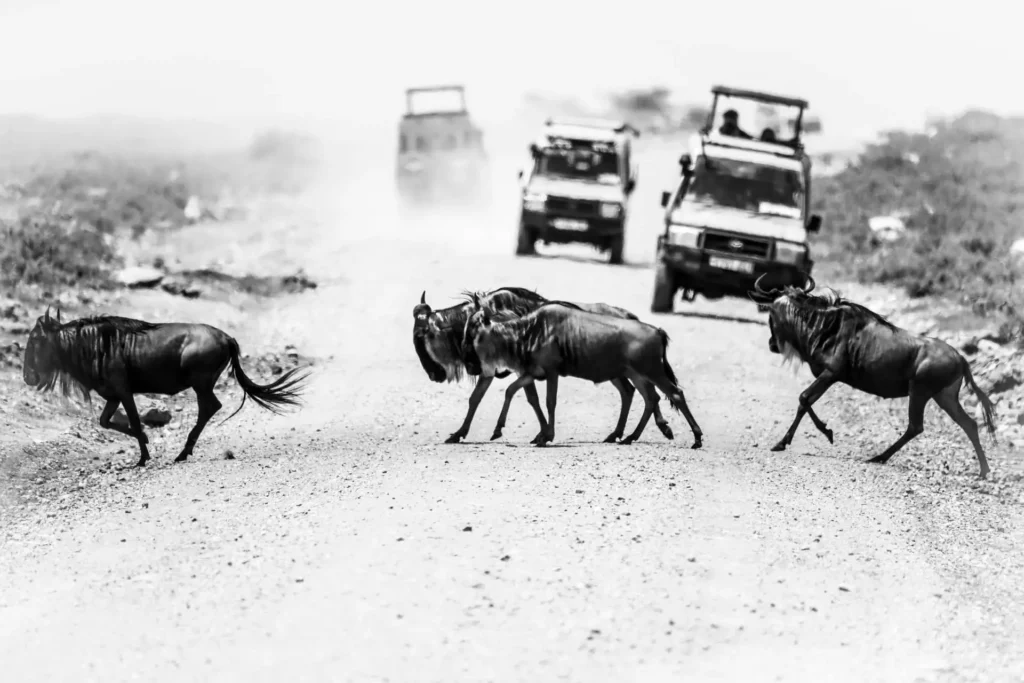Trip Info
-
During your tour
-
Private safari
-
2 - 7 Persons
-
Children from 1 to 15 years old pay half price
-
Incluidas
-
Bus, Airlines
-
English, Spanish, French, Chinese
-
Arusha
-
Arusha
-
Unlimited drinking
-
All meals during the trek
-
Available
-
Easy to Moderate
-
3 Stars Hotels
-
1
-
70
4 Days – Great Wildebeest Migration Safari – Lake Manyara Safari Camp
Join us on a journey into the Lake manyara safari camp and witness one of the world’s most impressive wildlife migrations – the great wildebeest migration safari. Be prepared to encounter awe-inspiring natural beauty and rare animal sightings as we explore Tanzania’s Serengeti.
If you only have 4 days but still want to visit the most famous parks of Tanzania (Serengeti and Ngorongoro, plus Manyara or Tarangire) this is the perfect tour for you.
Spend only one night in the Serengeti which we usually think is not enough but if your available time is short and you really want to visit this amazing park then it is right for you.
At Lake Manyara Safari Camp, we invite you to experience the awe-inspiring spectacle of the great wildebeest migration safari. Our camp offers a front-row seat to one of the most incredible wildlife phenomena on the planet. Join us as we explore the wonders of the great wildebeest migration safari and the unique safari experience that awaits you at Lake Manyara Safari Camp.
Highlights
- 2 exciting game drives
- See wildebeest, zebra, buffalo, elephants, and other wildlife
- Visit ARUSHA and TARANGIRE national park
- Transfers and transport in a land cruiser
- Daily breakfast, lunch, and dinner
- 3 nights accommodation


